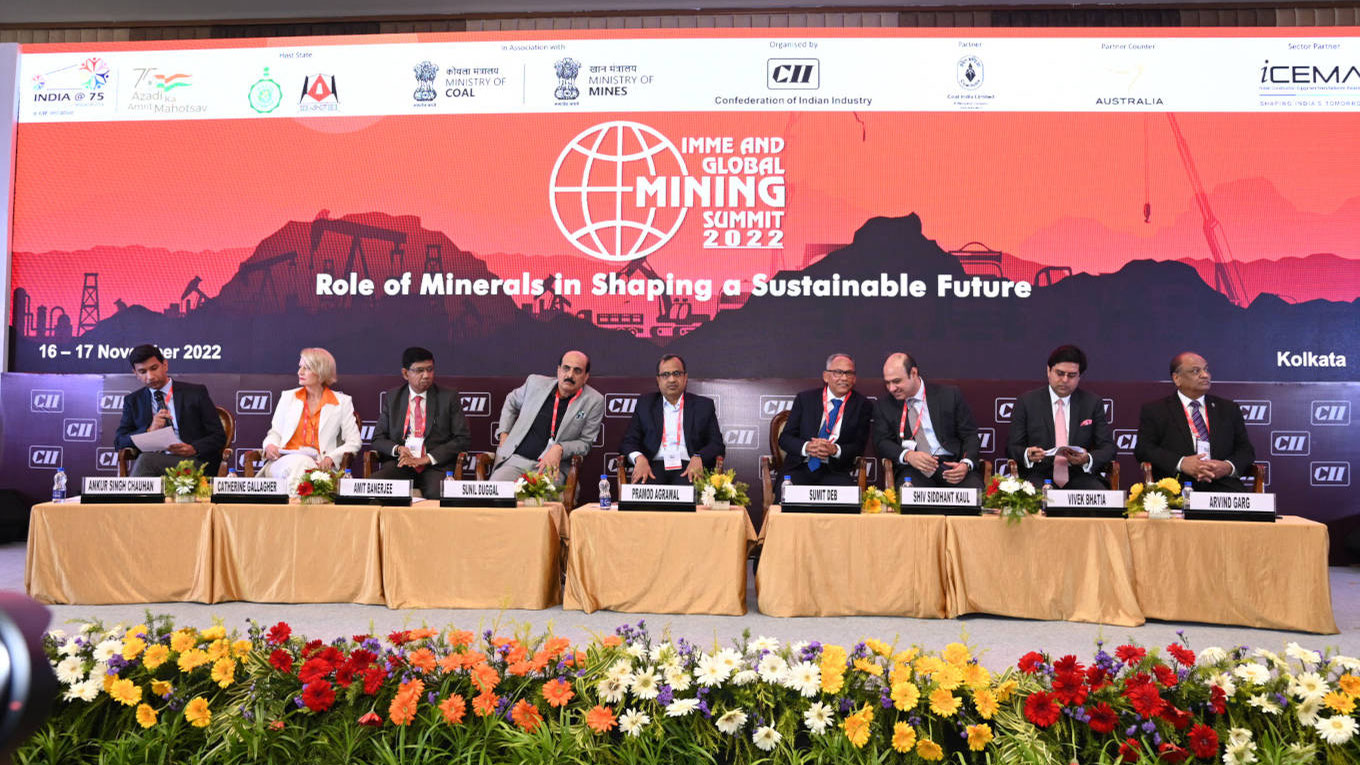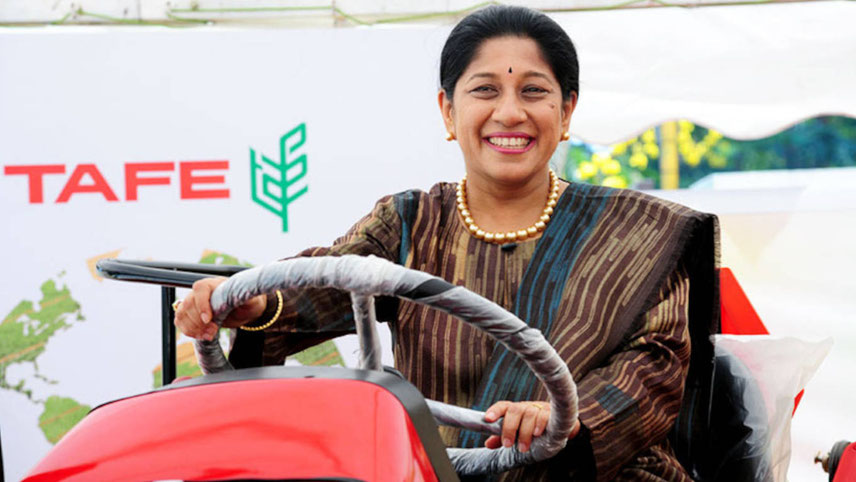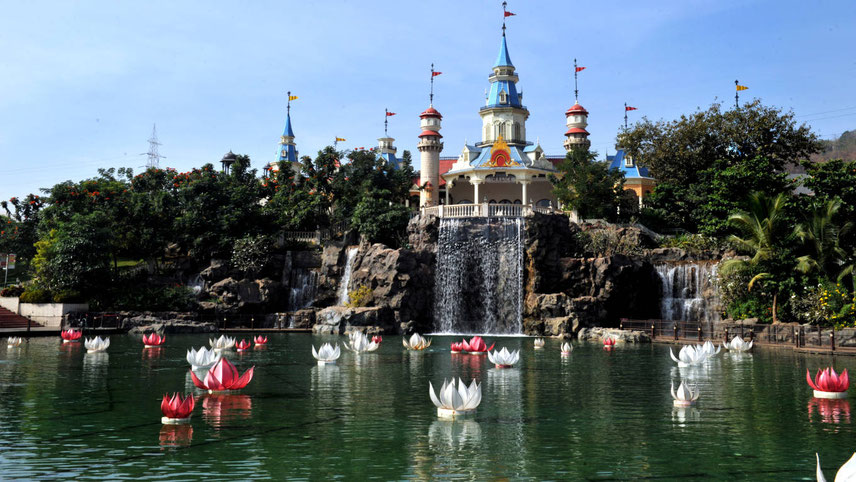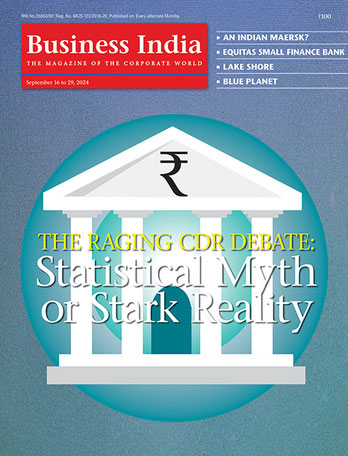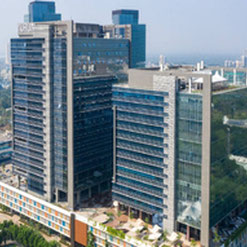-
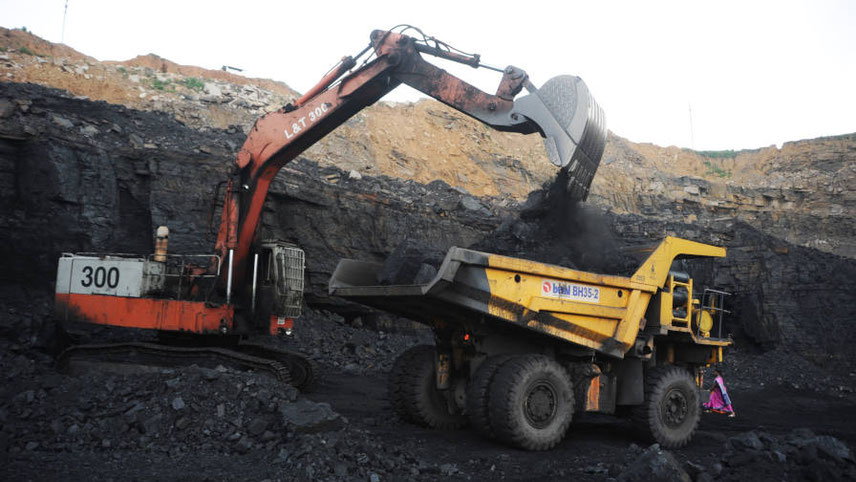
The mining industry has the potential to significantly impact GDP growth
Australia and India have a natural partnership of shared mutual strategic and economic priorities. The recently signed Australia-India Economic Co-operation & Trade Agreement (AI-ECTA) is expected to create further growth potential in Australia-India economic relationship and provide the movement of high quality and competitively priced critical minerals a boost.
Talking about Indo-Australian trade relationships, Catherine Gallagher, minister, commercial, South Asia & head, Austrade, South Asia, said: “Owing to its vast resources, Australia stands as the natural partner for fuelling India’s growth ambitions and meeting the joint prosperity goal with a sustainable future.” ECTA has ushered in significant enablers in pushing the bilateral mineral trade by reducing several tariffs.
Highlighting that the world today is being shaped by 3Cs – Covid, Conflict and Climate change – Sunil Duggal, chairman, CII National Committee on Mining and Group CEO, Vedanta, said: “India has the unique opportunity to emerge as the future engine of global growth, by leveraging the ‘China+1’ narrative and the forthcoming G-20 Presidency.”
India’s new economy would need critical minerals like lithium, nickel & rare earth elements. India must also venture into critical minerals to ensure it has steady supply chains, especially in emerging areas, he added.
India’s import of minerals is expected to go up to $280 billion by 2030, from $86 billion at present and the country should firmly reduce import dependence. According to Duggal, the challenges like low level of exploration and lengthy approval processes need to be addressed, which should be balanced with mitigation of risk to environment. India produces as many as 95 minerals, which includes four fuels, 10 metallic, 23 non-metallic, three atomic and 55 minor minerals (including building and other materials).
Iron ore exports hits a low
The recent removal of the export duty, which was, imposed in May on low grade iron ore and some steel intermediates by the government will boost the industry. India’s iron ore exports had dropped to almost zero in October due to higher export taxes. The producer of low-grade ore depends largely on overseas markets as domestic steel producers consume high-grade iron ore.
Furthermore, Federation of Indian Mineral Industries (FIMI), in a note to finance ministry, has sought higher import taxes on metals, such as zinc, copper and aluminium, to help stem a flow of cheaper imports, especially from China. It has urged the ministry to raise import taxes to 10-15 per cent on several aluminium products, and on scrap to 10 per cent from 2.5 per cent, as the finance ministry prepares the Union Budget due to be announced in February.
India aims for a cleaner, healthier climate and sustainable development and has accordingly made some onerous commitments as part of Paris accord and in COP26 to reach multiple milestones every decade in its run to have net zero status by 2070. Mining industry in India is charting its own path to net zero as part of this national commitment.
The country’s largest coal miner, Coal India, has taken several initiatives to safeguard the environment. The company is gradually increasing its footprint in clean energy. “Solar power generation sits high in our priority list of renewable energy,” Agrawal affirms. “We have lined up solar power projects of 3,000 MW capacity by 2025-26 through joint venture models.”
-
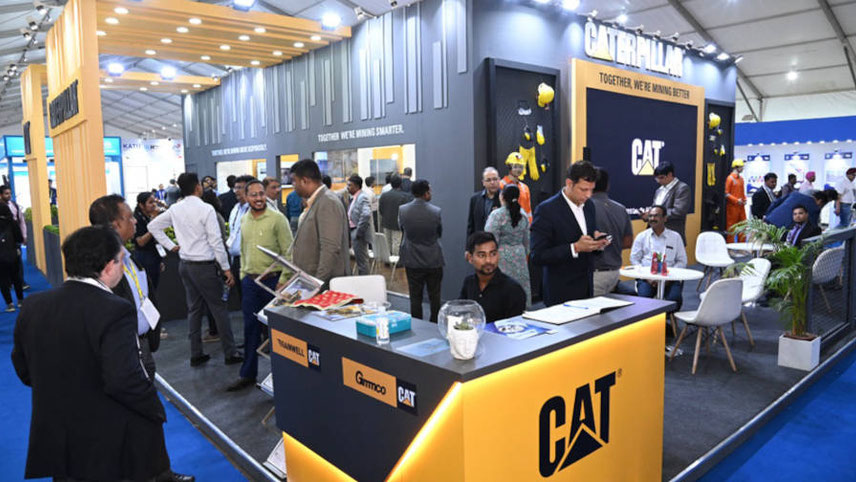
Automation, liberalised policy and sustainability are some of the important factors for growth
Working diligently on environment is a continuous process for Coal India. The company has adopted eco-friendly mechanised coal transportation under First Mile Connectivity (FMC), to eventually replace the road movement. FMC refers to transportation of coal from CIL’s pitheads to despatch points. The coal will be transported through conveyor-belts to silos in the coal handling plant and loaded directly in to rail wagons mechanically. However, burning coal emits more emission than mining coal.
Tackling the environmental and social impacts of mineral developments will be essential, including the emissions associated with mining and processing. The mining industry in the country employs 11 million people. Ensuring that mineral wealth brings real gains to local communities is a broad and multifaceted challenge, particularly in countries where artisanal and small-scale mines are common.
The mining sector in India has seen remarkable reforms in the last few years, paving the way for larger private sector investments and induction of technology in an otherwise static landscape. Constant opening up and liberalisation of policy perspective has infused a new energy in the sector.
“Modern mining equipment, whether for surface mining or underground, have largely been imported in India for decades causing drain of resources,” says Sunil Chaturvedi, chairman, Gainwell group, a Caterpillar licensee. “But things are changing now. Some surface equipment has begun getting manufactured in India”.
Gainwell will soon make modern technology-based underground mining equipment, using low carbon steel for a range of minerals from its upcoming facility in West Bengal. “In India, we need to intensify our share of underground mining operations, which are far more sustainable and have been embraced worldwide in significantly larger proportions,” Chaturvedi explains.
The summit coincided with the inauguration of International Mining Machinery Exhibition (IMME), India’s largest and focussed trade fair for the mining sector. It showcased the latest and diverse range of mining machinery, equipment, advanced technology solutions, services and supplies from India and abroad. IMME 2022 featured 245 exhibitors with five country pavilions, while 65 exhibitors from Australia, Canada, Germany, Iran, Northern Ireland, Poland, Sri Lanka, Turkey and the UK have participated.
Thrust on innovation
“The country’s mining industry needs to have a fresh outlook towards forging a dynamic ecosystem in India,” acknowledges Vivek Bharadwaj, secretary, ministry of mines. The mining industry must prioritise developing its strengths in technological advancements and cost management instead of its traditional focal areas of workforce and incentives to stay ahead of the global growth curve.
He also advised the industry to inculcate strategic thinking, going well into the future, with a special thrust on innovation to flourish. It should not shy away from going beyond the borders and acquiring niche foreign-based organisations, specialising in areas, such as engineering, design and other aspects.
-
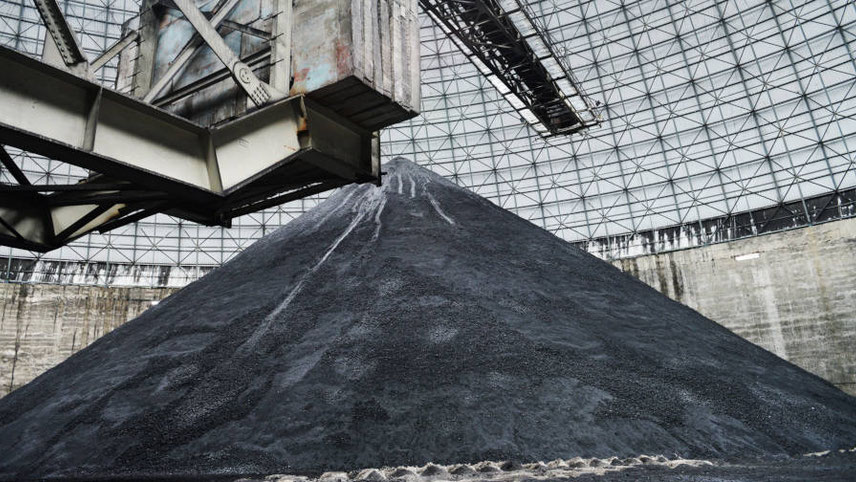
The industry needs to be encouraged to reduce import dependence
The areas that needed immediate attention – robust involvement of junior exploration companies, allowing capital buybacks for raising working capital, addressing delays in statutory clearances in land acquisitions, having a ‘single window-dual system’ at both the Centre and the state governments level, to have investor-friendly ecosystem – were also discussed.
While speaking in a separate plenary session, Shashi Panja, minister for industries, commerce & enterprises, government of West Bengal, said that the state holds rich reserves of several minerals and is one of the leading states in mining. Panja added that West Bengal’s potential can be gauged from the fact that it has Asia’s largest coal mine and that its mining industry has grown at a CAGR of 7.1 per cent in the last four fiscals.
In addition to traditional minerals, the state is poised to emerge as a major supplier of oil and shale gas. It will allow private participation for mining of minor minerals. The licence would be issued only to the landowners who can collect fee and royalty on minerals. The landowner is free to have a third-party arrangement.
She further underlined the state government’s industry-oriented approach as evident from its Sand Mining Policy, launched in 2021, through which a lot of incentivisation and process streamlining has been done and inviting the wider minerals and mining equipment industry to invest in the state.
Increasing growth rate and rapid urbanisation in India have spurred the demand for natural resources, exerting pressures on the environment and raising sustainability concerns. The challenges for the mining sector are not just in the reforms required to unlock its potential but to balance between environment, communities and productivity.
